We take a closer look at 5 of best plants for phytoremediation. One of our most basic natural resource, soil, is threatened. The soil has been neglected and contaminated for decades now. Although, the global map of contamination is difficult to define, the European Environment Agency has identified heavy metals and mineral oil as the main soil pollutants. Knowing that just in Europe the number of polluted sites is expected to increase by 50% in the next 10 years, it seems clear that one of our biggest environmental challenges is under our feet. As landscape architects, should we not be aware of all our potential to play a role on the solutions side?
What is Phytoremediation?
Clean techniques to remediation are getting more popular, and most likely, you are already familiar to phytoremediation. Through this article, you will find a useful guidance on plants with proven qualities to naturally reduce, degrade or remove contaminants from soil and water. Advantages are outstanding: they do not involve visual impact, expensive engines and toxic chemicals. Do you remember Top 10 Reused Industrial Landscapes by Lisa Tierney? Landschaftspark, number five on the list, is a great model of phytoremediation in recreational projects. WATCH: Landschaftspark Duisburg-Nord | Industrienatur + Industriekultur
Best Plants For Phytoremediation
1. Indian mustard (Brassica juncea L.) Info: Brassica juncea (L.) Czern. – Indian Mustard
As International Journal of Molecular Sciences has published, heavy metals affect not only industrial sites but also cultivated land, spreading risks for human health. Brassicaceae species are really useful to accumulate certain metals while producing high quantities of biomass in the process, and Indian mustard is the star of this group.
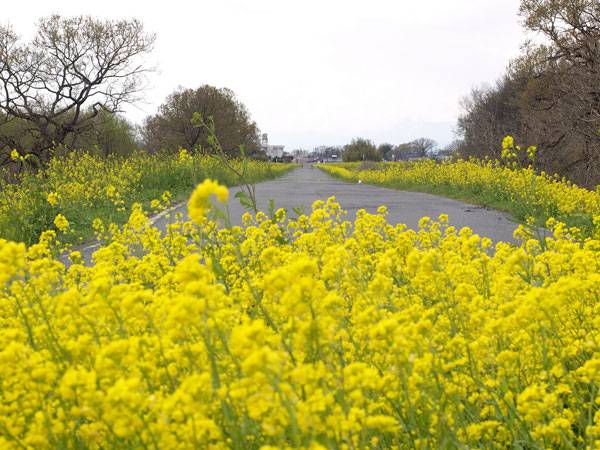
“Brassica juncea” by elminium. Licensed under Creative Commons 2.0 via Flickr
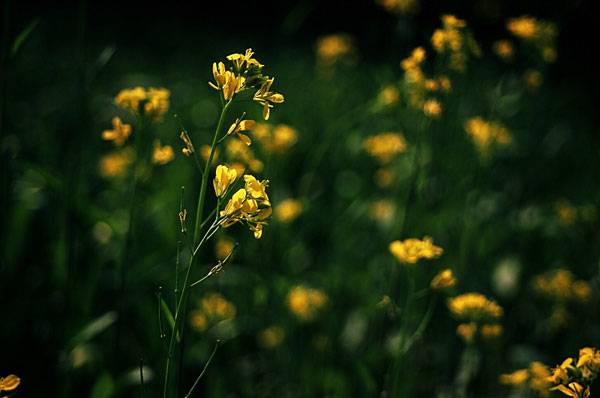
“mustard” by Sajith T S. Licensed under Creative Commons 2.0 via Flickr
2. Willow (Salix species). (White Willow)
The water loving plants beautify landscapes, however, it’s worth is not confined to its appearance only. They have a more interesting use for phytoremediation as well: their roots have demonstrated (Response of Salix alba L. to heavy metals and diesel) viability, accumulating lower levels of heavy metals than Brassicaceae, and they deal with Cd, Ni and Pb, and work even in mixed heavy metals like diesel fuel polluted sites.

“Bloedel Reserve Willow Tree” by Geaugagrrl – Own work. Licensed under Public Domain via Wikimedia Commons
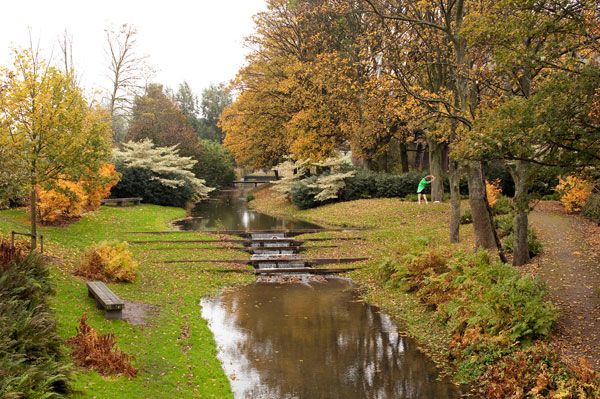
Westergasfabriek Park. Image courtesy of Gustafson Porter
3. Poplar tree (Populus deltoides). (Populus deltoides W. Bartram ex Marshall eastern cottonwood)
The advantageous effect of poplar trees on soil and underwater has also been widely studied. Their secret lies in the naturally well-designed root system which take up large quantities of water.
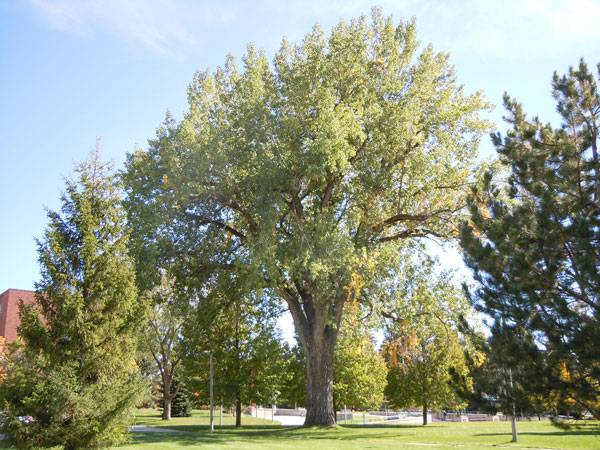
“Populus deltoides” by Matt Lavin. Licensed under Creative Commons 2.0 via Flickr
4. Indian grass (Sorghastrum nutans) (Sorghastrum nutans (L.) Nash)
Research looked at how this Midwestern U.S. native plant benefits soil and ground water around them. Many people can find Indian grass growing along the roadsides without noticing its power to detoxify common agro-chemical residues such as well-known pesticides and herbicides related to atrazine and metalochlor.

“Sorghastrum nutans (3912211191)” by Matt Lavin from Bozeman, Montana, USA – Sorghastrum nutansUploaded by Jacopo Werther. Licensed under CC BY-SA 2.0 via Wikimedia Commons
5. Sunflower (Helianthus Annuus L.) (Helianthus annuus L. common sunflower)
Experiments like Influence of the sunflower rhizosphere on the biodegradation of PAHs in soil reveals that sunflowers reduce different PAH level from soil, in an effective way, but what is really surprising is how varied range of contaminants they can accumulate. Heavy metals such as Pb, Zn (Heavy Metals Extraction Potential of Sunflower (Helianthus annuus) and Canola (Brassica napus)), N, P, K, Cd, Cu or Mn (Capability Of Heavy Metals Absorption By Corn, Alfalfa And Sunflower Intercropping Date Palm), seem to be its food, which is great news because sunflowers have a quick growth to start working soon.
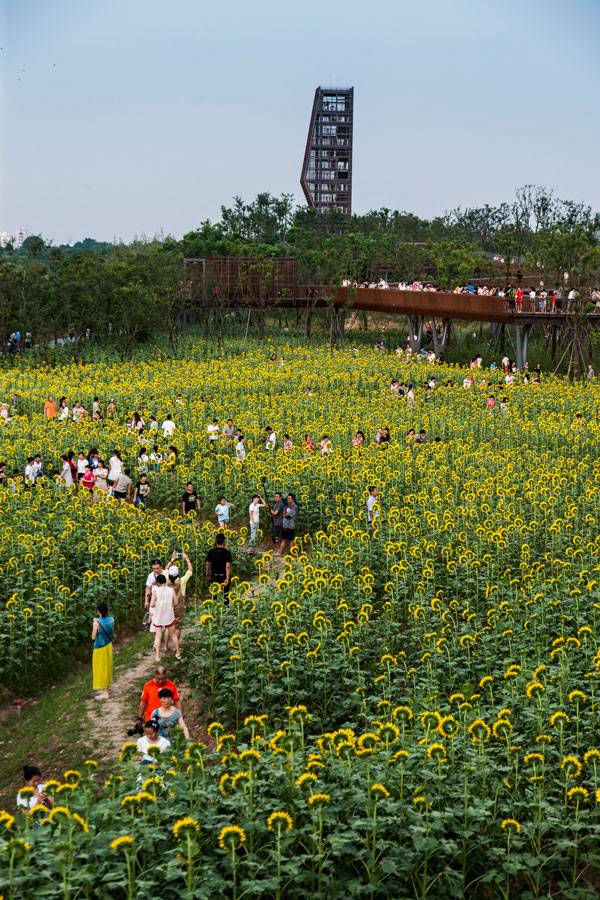
Quzhou Luming Park. Photos courtesy of Turenscape.

Quzhou Luming Park. Photos courtesy of Turenscape.
Recommended Reading on Phytoremediation:
- Phytoremediation: Transformation and Control of Contaminants by Steven C. McCutcheon
- Phytoremediation: Role of Aquatic Plants in Environmental Clean-Up by Bhupinder Dhir
Article by Elisa García Nieto Return to Homepage
Published in Blog










Pingback: How to Make your Pond Healthier & Cleaner – Tip For Healthy Living
Pingback: Chef Marvin's Edibles
Pingback: Indoor Plants that Clean the Air: How Do They Remove Toxins? - Get Green Be Well
Pete Halas
The plants take up the contamination. I understand that. Any thoughts on the contaminated foliage? Would seem this is a multi step process to phytoremediate, harvest, extract the metal(s) as a water soluble salt, and recycle the biomass minus heavy metal(s).
Pingback: Curb Cuts for Water Harvesting, Cleansing | Green Bean Connection
Pingback: July Meetup | Food Sovereignty - The Mixed Space